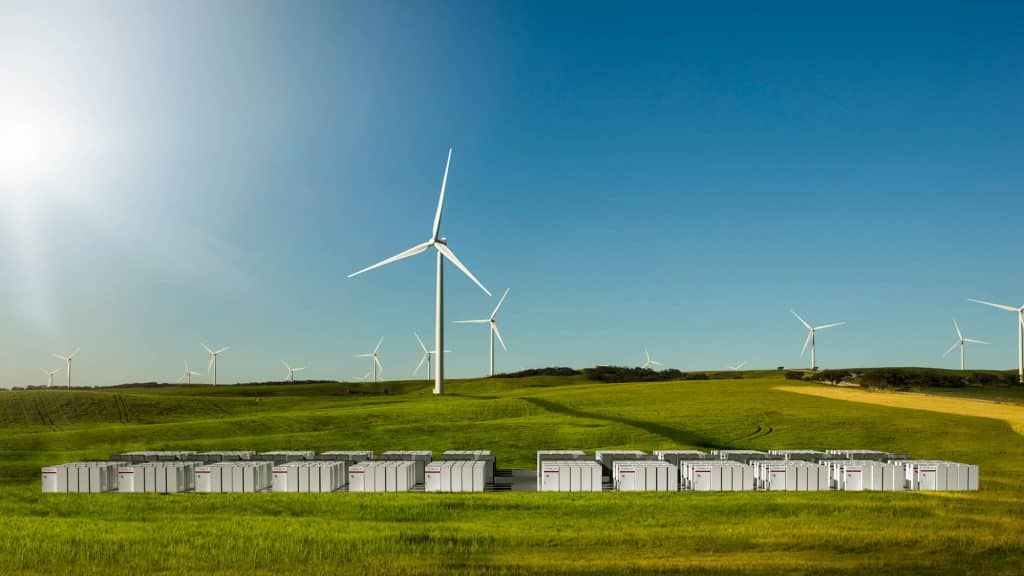South Australia’s giant Tesla Powerpack battery has recouped nearly 25 per cent of its initial investment.
The battery cost around $91 million to build, and made $13 – $23 million within its first six months of operation, according to an Electrek report. This is expected to increase to $27 million by the end of its first year.
The battery charges up then releases electricity to the grid during peak demand. This enables it to make money on the wholesale market and in turn become profitable.
Giant Tesla Powerpack improves grid stability at less cost
The battery works by storing energy from the nearby Hornsdale wind farm, and sending it to the grid when required.

For example, during electricity shortfalls, the Australian Energy Market Operator (AEMO) will call for frequency control and ancillary services (FCAS).
While this is normally a very costly exercise, the battery can provide FCAS much cheaper than traditional systems. It can also do so very quickly and with zero emissions.
Big battery – dispatches power faster than a turbine
AEMO has confirmed in a report that the battery system is quicker and more accurate than a steam turbine. AEMO also stated that batteries “are capable of a rapid delivery of a large and sustained response to a change in frequency”.
During the battery’s first quarter of operation, the costs of FCAS were 57 per cent lower than for the same quarter last year, according to AEMO. Some estimates show the battery has now reduced grid service cost by as much as 90 per cent.
The Aussie billionaire behind the project, Mike Cannon-Brooks, said it has far exceeded expectations. He also said the battery should save taxpayers up to $105 million during its first year of operation.
Battery demonstrates cost savings on electricity
The battery demonstrates how energy storage can improve efficiency, save costs and reduce emissions all at the same time.
The same applies to smaller-scale systems. For example, where an energy storage battery accompanies a home solar installation, it can store unused solar power generated during the day.
This can then be used overnight, providing savings on electricity bills.













































